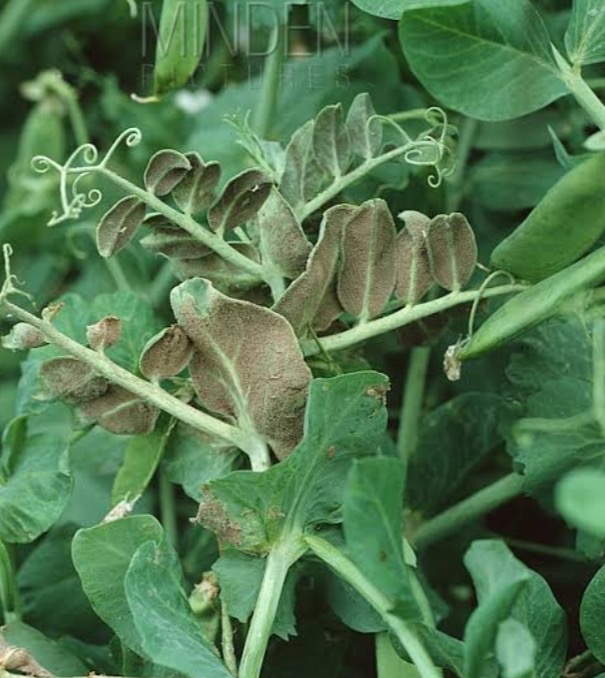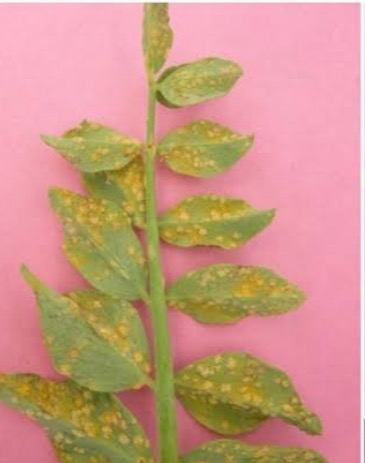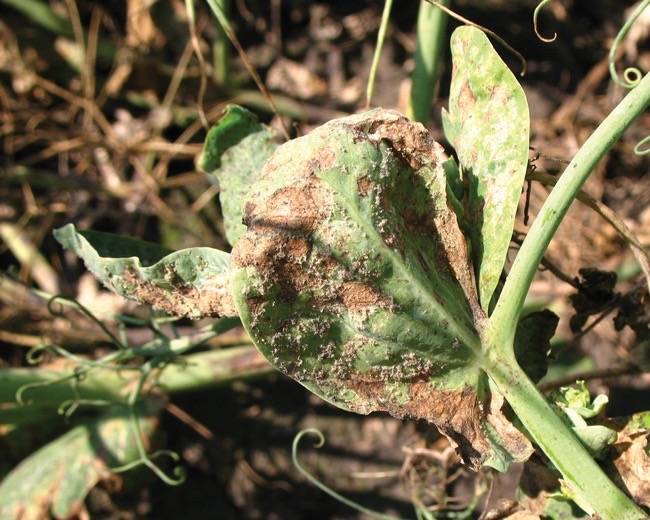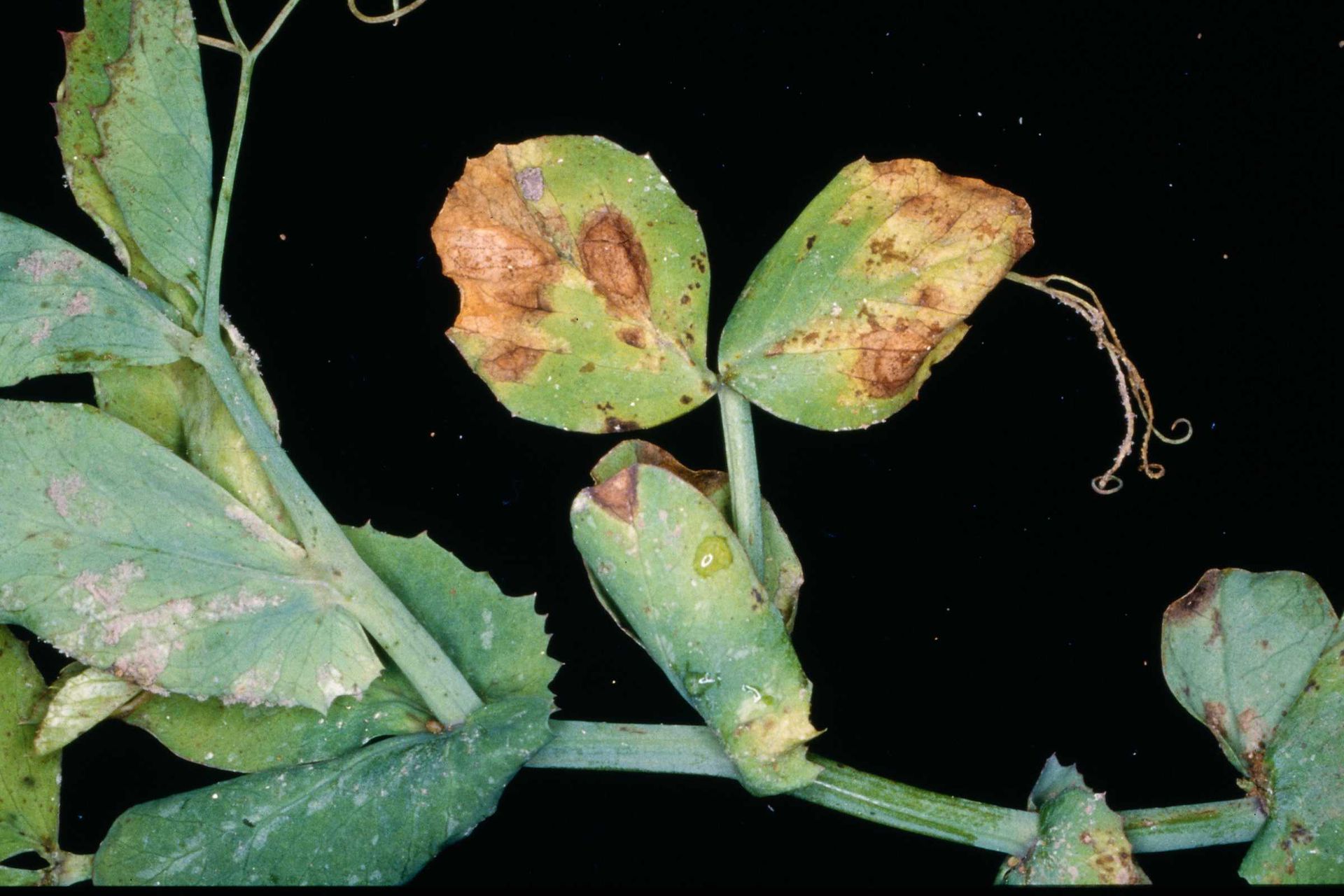Peas Plant
Peas are annuals, 12-72 inches tall, and frost-tolerant. They prefer well-drained, loamy soil in full sun to partial shade. Keep the soil moist. Peas are edible but not medicinal.
Habit
Annual
Height
30-90 cm
Growth
Fast
Soil
Well-drained, fertile
Shade
Full Sun to partial shade
Moisture
Moist
Edible
Yes
Medicinal
No
Origin
Europe, Asia
Climatic Condition
Temperate
Temperature (°)
10-20°C
Humidity (%)
60-80%
Potting media
Loamy, peat
Fertilizers
Balanced NPK (10-10-10)
Watering
Regular, moderate
Plant Weight
200-500 g
Flowering Time
Spring, Summer
Soil Ph level
6.0 - 7.5
Water Ph level
6.0 - 7.0
Soil EC
1-2 dS/m
Yield Per Plant
Edible (seeds)
NPK ratio
10:10:10
life Span
Annual
Health Benefits
High in protein, fiber, and vitamins
Common Diseases and Remedies
downy mildew , pea rust
Greyish white , Moldy growth appears on leaf surface stems may be distorted and stunted , orange pustules usually at the lower surface.
remove plants with symptoms of disease extended crop rotation , destruction of diseased plant debris.
HEALTH BENEFITS
· High in plant-based protein and fiber, supporting digestion.
· Contains antioxidants that promote heart health.
· Rich in vitamins A, C, and K, improving immunity and bone health.
Helps regulate blood sugar and maintain energy levels.
What Is A Pea ?
Peas are a type of legume that are part of the Fabaceae family.Peas are small, round vegetables that are high in protein and vitamins. Peas are a cool-season annual crop that can be planted from winter to early summer depending on location.Peas are a good source of nitrogen that can be used to make amino acids and plant protein.

What Are The Different Types of Pea Plants?
1.English peas :-
These peas are known for their sweet flavor and bright, beautiful green color. They need to be shucked before eating.
2.Shelling peas :-
These peas are round, wrinkled, and petit pois. They are grown for the peas within the pod and are best eaten fresh.
3.Field peas :-
These peas are starchier and generally grown as a dried crop.
4.Winkled-seeded peas:-
These peas are sweet and are best when very young.
5.Sweet peas :-
These peas belong to the family of legumes, which means it is actually related to peas.

How to care for pea plants?
1.Location :-
Peas grow best in a cool climate with an average temperature range of 10–18°C during their growth period.
2.Sunshine:-
Peas need a sunny spot that's protected from strong winds so insects can pollinate the flowers. They like cooler temperatures, about four to five hours of sun per day.
3.Soil :-
Peas prefer well-draining, alkaline to neutral soil with a pH of 7 or higher.
4.Hydration :-
Water peas deeply once a week, rather than frequently watering them shallowly. Peas don't like to be soggy, but they also shouldn't dry out.

5.Nourishment :-
Don't fertilise pea plants because they don't like a lot of nitrogen in the soil.
6.Issues:-
This disease causes yellowing leaves, stunted growth, and no flowers. The lower leaves turn yellow, and the stem turns reddish to dark brown. Fungal disease causes streaks on stems and sunken spots on pods.
What Are The Benefits of Pea plants?
Peas contain vitamins C and E, zinc, catechin, and epicatechin, which are responsible for their antioxidant properties. Peas contain nutrients that are associated with lowering the risk of inflammatory conditions like diabetes, heart disease, and arthritis. Peas are a good source of vitamins A and B, coumestrol, dietary fiber, plant protein, and potassium. Peas also contain heart-friendly minerals including magnesium, potassium, and calcium.

FAQ's About Growing Pea Plants
1.Why are pea plants easy to grow?
The flowers are predominantly self pollinating. It is easy to get pureline for several generations.
2.How long do pea plants take to grow?
Most varieties of peas need about 60 days of growth before harvest.
3.What is the original name of pea?
Pisum sativum.
4.Do pea plants need fertiliser?
Peas generally need little or no fertilizer when grown in soil.
5.Do pea plants need full sun?
Peas require full sun to thrive — that's six to eight hours of direct sunlight daily.



